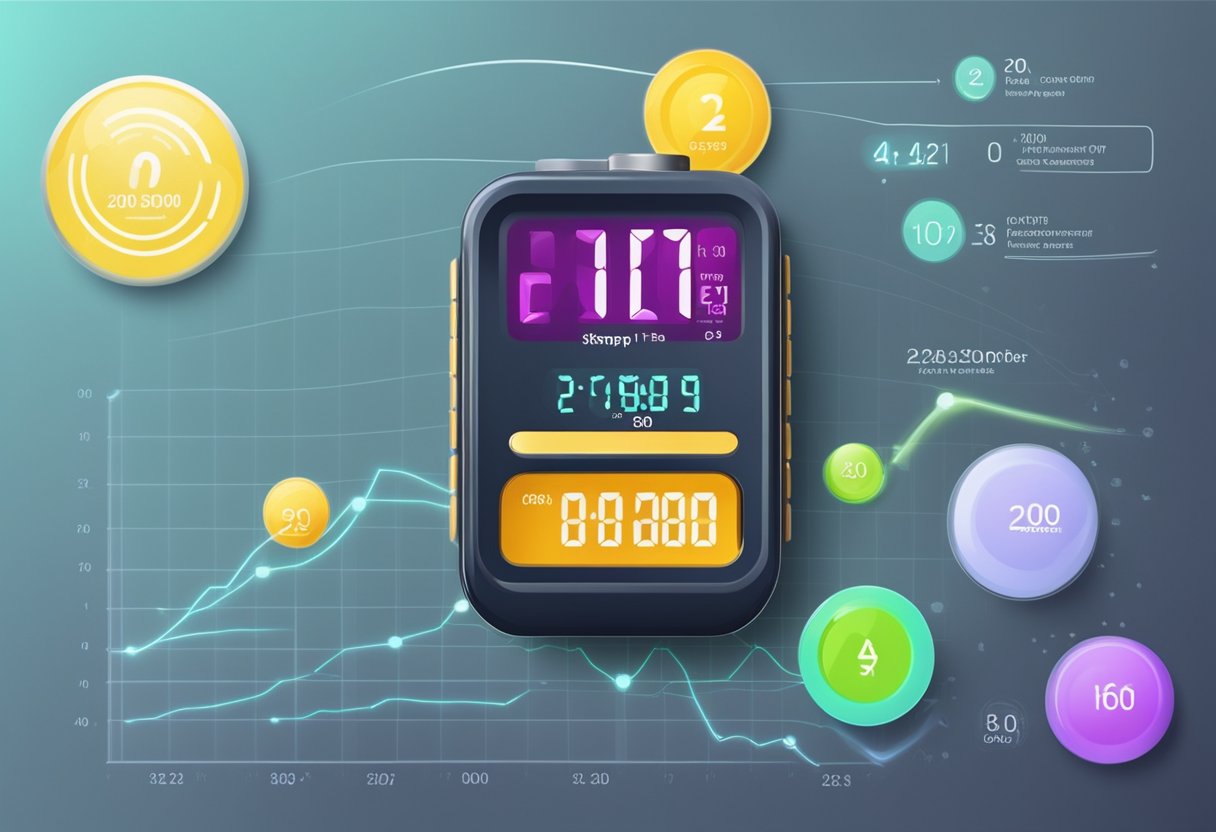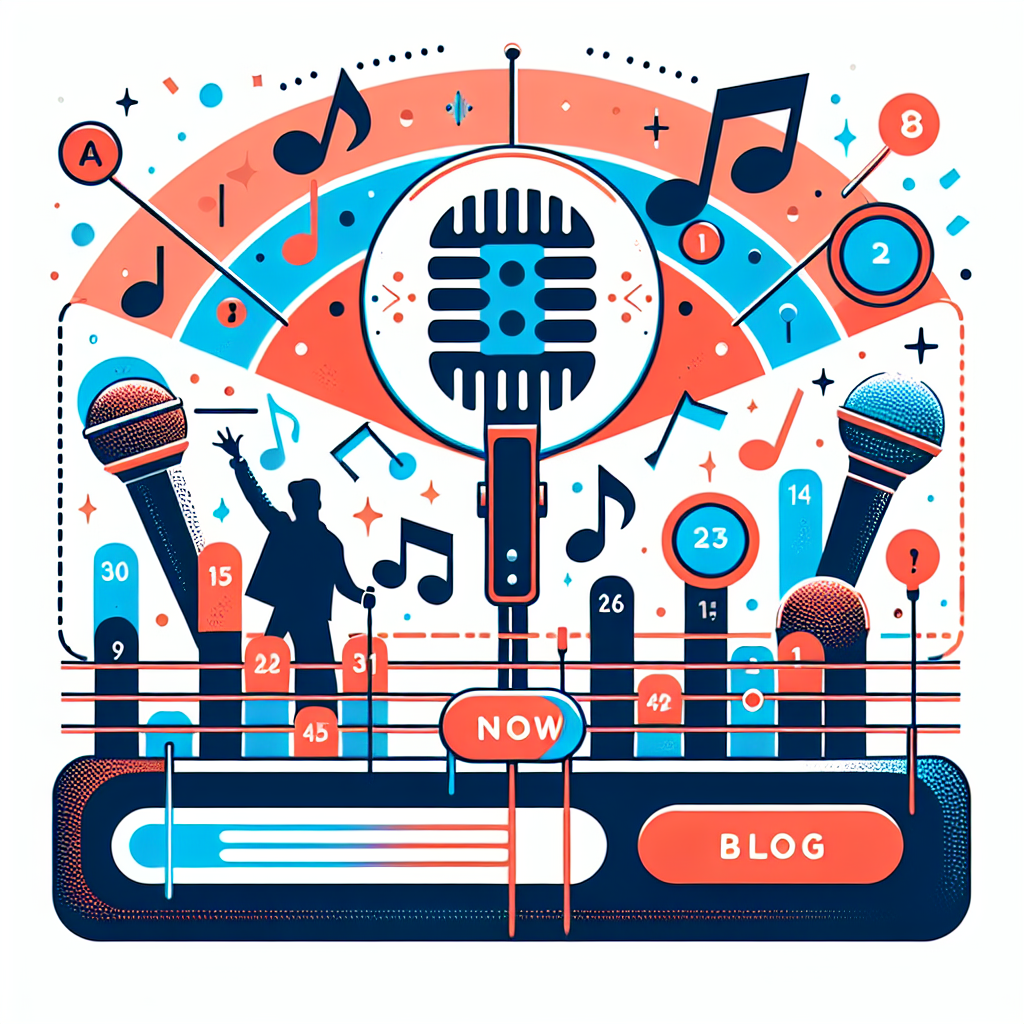Understanding the Symptoms of Low Blood Pressure
Low blood pressure, or hypotension, can often be overlooked, yet it carries unique symptoms that can significantly impact daily life. This article delves into how low blood pressure feels and what signs to watch for.

What is Low Blood Pressure?
Low blood pressure, medically known as hypotension, occurs when blood pressure falls below the normal range, generally considered to be below 90/60 mmHg. While some people with low blood pressure experience no symptoms, others may encounter a variety of effects that can significantly impact their daily lives.
How Does Low Blood Pressure Feel?
The sensation of low blood pressure can vary widely among individuals, but there are several common symptoms often reported:
- Dizziness or Lightheadedness: One of the most prevalent symptoms, episodes of dizziness or feeling faint can occur, particularly when standing up quickly or after sitting for extended periods.
- Fatigue and Weakness: Chronic low blood pressure may lead to feeling unusually tired, lethargic, or weak, even after a full night's rest.
- Fainting: In severe cases, a sudden drop in blood pressure can result in fainting or near-fainting spells, especially under stressful situations or prolonged standing.
- Blurred Vision: Some individuals report experiencing blurred or tunnel vision, particularly during an episode of low blood pressure.
- Nausea: Feelings of nausea and general discomfort in the stomach can also accompany low blood pressure, making it challenging to eat or engage in normal activities.
- Cold, Clammy Skin: Low blood pressure can affect circulation, sometimes leading to cool or clammy skin, especially in the extremities.
- Confusion and Difficulty Concentrating: Reduced blood flow to the brain may result in difficulty focusing, confusion, or mental fog.
Identifying Triggers of Low Blood Pressure Symptoms
Many factors can provoke symptoms associated with low blood pressure. Here are some common triggers that individuals might identify in relation to their experiences:
- Sudden Position Changes: Quickly transitioning from sitting or lying down to standing can lead to a rapid drop in blood pressure, causing dizziness.
- Dehydration: Insufficient fluid intake can lead to lower blood volume, thus reducing blood pressure and intensifying feelings of weakness and faintness.
- Heat Exposure: Spending extended periods in hot environments can cause blood vessels to dilate, leading to decreased blood pressure and accompanying symptoms.
- Large Meals: After consuming a large meal, blood flow may be redirected to the digestive system, causing postprandial hypotension, which further contributes to feelings of drowsiness or lightheadedness.
When to Seek Medical Attention
While occasional low blood pressure might not pose a significant health risk, persistent symptoms can indicate potential underlying issues. If you frequently experience symptoms such as fainting, severe dizziness, or confusion, it is essential to consult a healthcare professional for a thorough evaluation.
Managing Low Blood Pressure Symptoms
For those who regularly experience the discomfort of low blood pressure, several strategies can help mitigate symptoms:
- Stay Hydrated: Drinking plenty of fluids, especially water, can stabilize blood volume and help prevent drops in blood pressure.
- Adequate Salt Intake: Increasing salt intake, with guidance from a healthcare professional, can help retain water in the body, potentially raising blood pressure.
- Sensible Movement: Taking precautions when changing positions, such as standing up slowly, can help minimize dizziness.
- Avoiding Extended Heat Exposure: Limiting time in hot environments can reduce episodes of low blood pressure.
Conclusion
Understanding how low blood pressure feels is crucial for managing and alleviating its symptoms. By recognizing the signs and identifying potential triggers, individuals can take proactive steps to maintain better health and improve their quality of life. Always consider consulting with a healthcare provider for tailored advice and treatment options.
New posts

Understanding Normal Pulse Rates: What Is a Normal Pulse?
Fitness

Understanding Ruhepuls 60: A Guide to Optimal Heart Rate
Fitness

Understanding Ruhepuls 45: The Ideal Resting Heart Rate for Your Health
Fitness

Understanding Normal Pulse Pressure: What You Need to Know
Lifestyle

Low Blood Pressure and Trembling: Understanding the Connection
Wellness

Understanding Low Blood Pressure at Night: Causes, Symptoms, and Management
Wellness

Understanding Pulsdruck: Key Insights into Your Blood Pressure Dynamics
Wellness

Understanding Why You Might Experience Niedriger Blutdruck
Lifestyle

Navigating Low Blood Pressure and High Pulse: Key Insights
Wellness

Understanding Ruhepuls 40: What It Means for Your Health
Fitness
Popular posts

Understanding Low Blood Pressure and Tiredness: Insights and Solutions
Lifestyle

Understanding Low Blood Pressure with High Pulse Rate
Wellness

Understanding Normal Blood Pressure: A Deep Dive
Wellness

Effective Strategies for Managing Heart Palpitations: What to Do When Experiencing Herzrasen
Lifestyle

Recognizing the Symptoms of High Blood Pressure
Wellness

What to Do When You Have a High Heart Rate
Lifestyle

Understanding Low Blood Pressure: What Does the Lower Value Mean?
Wellness

Understanding Blood Pressure: What Does 110 Over 70 Mean?
Lifestyle

Understanding High Pulse and Low Blood Pressure: Causes and Solutions
Management

Effective Remedies for Low Blood Pressure
Lifestyle